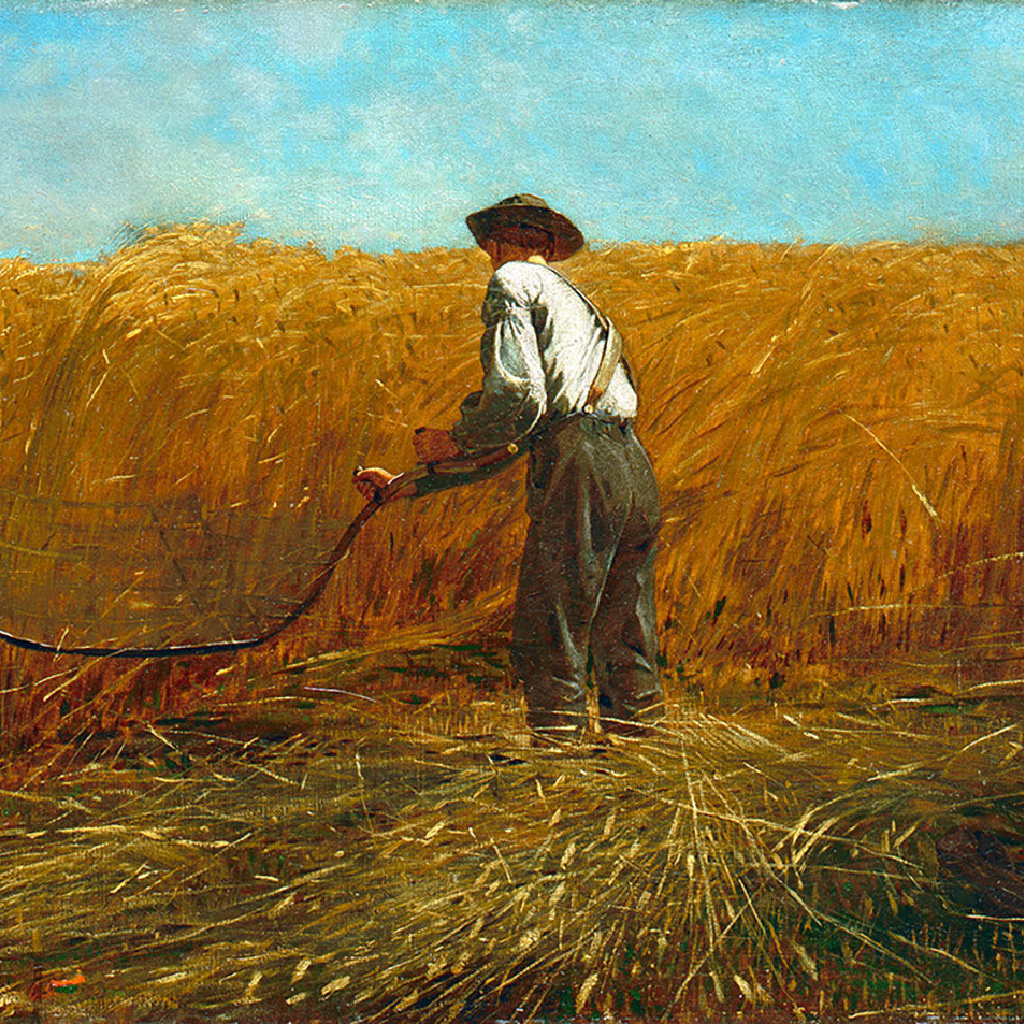Former Princeton professor and renowned sociologist Sara McLanahan describes reading an article in the 1980s when she was a new professor that claimed that growing up with a single parent could be harmful to children. She was “stunned” by the implication. A single mother of three, she set out on a “relentless mission” to prove the idea was wrong. “Dogged” in her pursuit of truth, she analyzed and re-analyzed the implications of single-parenthood for children. She could not deny what she found: children living with single parents did not “fare as well” as those raised by their two married parents.
A decade later, after an extensive review of more than 40 rigorous studies designed to “tease out” the effects of family structure on children, McLanahan and her co-author concluded:
If we were asked to design a system for making sure that children’s basic needs were met, we would probably come up with something quite similar to the two-parent ideal. Such a design, in theory, would not only ensure that children had access to the time and money of two adults, it also would provide a system of checks and balances that promoted quality parenting. The fact that both parents have a biological connection to the child would increase the likelihood that the parents would identify with the child and be willing to sacrifice for that child…
From personal experience, she knew that divorce could help children by taking them out of a destructive environment. But it was clear that the ideal context for development was a married mother and father parenting together. Resources were a large part of the story. Two parents generally means more resources to devote to the intensive developmental needs of children. Yet it was not just resources. There also seemed to be something powerful in the design—mother and father—devoted to something larger than themselves, nurturing the children their love brought into being. The ideal context for development was a married mother and father parenting together.
Like all infants, his primary task was to search out a face—wired to seek the one whose heartbeat and smell and voice he already intimately knew, whose blood and organs and bones built his. His fetal cells will circulate in her body long after he has grown into adulthood. The bond they were primed to form is an intuitive extension of their biological connection.
For the next year of his life, they will communicate through emotions, eye to eye, body to body. She will regulate his inner world by intuitively synchronizing herself with his inner state, then upregulating the emotion, doing what he cannot yet do for himself. In the process, their bond of emotional communication will lay the foundations for his emotional awareness, personality, self-regulation, and capacity for intimacy. Developing this level of love and intimacy is not an easy process.
Together, they will offer him a fuller and more complete understanding of himself and the world and how he can navigate its complexity with assurance and capacity. When he calls out “Dad,” the voice that responds will assure him that needed protection, guidance, and help are close. His call for “Mom” will bring a different, also essential, form of soul-nourishing protection, help, and guidance.
There is something irreplaceable in this complementary design, offering a wholeness to the building of a soul that is already the living, genetic evidence of two being made one. And yet, they will also fail in it. Developing this level of love and intimacy is not an easy process.
There will be episodes of anger, rejection, impatience, and selfishness. Mothers and fathers will fail to love one another and cause their children fear and pain. Their sense of responsibility will get tangled up with using their children as evidence of their goodness as parents, blocking them from truly seeing and knowing. And children will make countless mistakes in the process of growing, bringing fear and disappointment. It’s worth everything to seek to strengthen our family.
This is some of what Sara McLanahan was picking up in her very human metrics—a divine design in this thing we call family. It’s worth everything to seek to strengthen our family so that we might all be better able to experience what it is designed to create. Nothing else can quite replace it, and God Himself assures us He will make it whole.

















